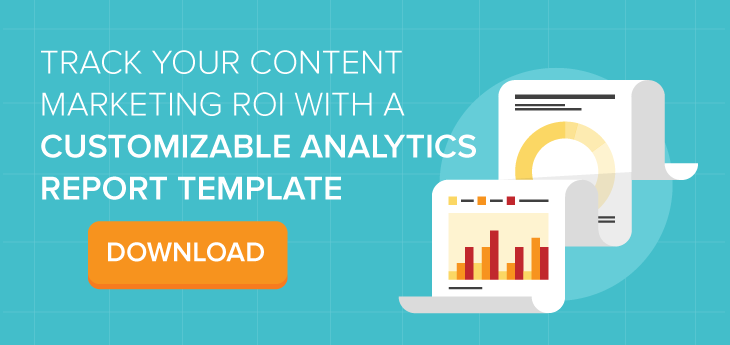
Google maintains a best practices document that explains how advertising professionals can get the best results from their AdWords campaigns.
But wouldn’t it be great if someone would provide the same cheat sheet for content marketing? As it turns out, much of that document applies to the content marketing world, too. I’ll show you what I mean by translating five best practices to “content speak”:
One of the keys to a successful AdWords campaign is choosing the right keywords. The same can be said for content development. It’s true that Google is placing less emphasis on specific phrase placement. However, finding terms your audience is searching for and writing articles around those topics is still a surefire way to ensure your content resonates with that audience and performs well via organic search. Google’s Keyword Planner tool is the perfect place to start researching potential articles.
Retargeting offers a unique way to stay top of mind with people who have shown interest in your products or services and is a highly effective feature of Google’s AdWords interface.
You can (and should) adopt a similar strategy with your content, developing materials for all stages of the buyer’s journey. The “second chance” material would still be close to the top of the funnel, but it could be slightly more in-depth and provide a new perspective to the reader. You could distribute it via email, social media, or even retargeting.
As with a good advert, your content should be highly clickable if you’re interested in attracting readers from search listings, your blog index, or a social media message.
This comes down to three things: the headline, the image, and the summary or meta description. At Influence & Co., we’ve sent out surveys to our team to test different headline, image, and description combos. You can also A/B test different variations on your site.
Google’s AdWords quality score assesses the overall quality of your ads and affects how those ads perform during bidding. Similarly, the quality of your content will impact how you rank in organic search. Search Engine Land published a helpful guide that will walk you through some ways to improve your content, from keyword frequency to visual appeal.
Google’s guide reminds readers that AdWords performance data and Google Analytics data can work hand in hand to inform better marketing decisions. Just as these tools work well together, so can your publishing and analytics platforms.
Factors such as time on site and the number of pages viewed per session can give you a sense for audience engagement, while details such as the conversion rate and the number of social shares can help you gauge the perceived value of your published content. Keeping an eye on metrics across all platforms — WordPress, Docalytics, Marketo, Google Analytics, Crazy Egg, etc. — is critical to measuring content marketing success.
What do you think? Can search engine marketing strategies be applied to content marketing religiously? Are there exceptions? I’d love to know your thoughts in the comments section below.







